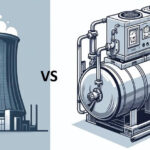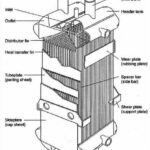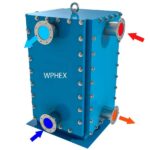Liquefied natural gas (LNG) content
LNG, or liquefied natural gas, is a form of natural gas that has been cooled to a temperature of -162°C (-260°F) in order to reduce its volume and make it easier to store and transport. The typical composition of LNG can vary depending on its source, but in general, it is composed primarily of methane, with smaller amounts of other gases, such as ethane, propane, butane, and nitrogen
- Methane: Methane is the primary component of natural gas and makes up the majority of Liquefied natural gas (LNG). It is a colourless, odourless gas that is widely used as a fuel for heating and power generation.
- Ethane: Ethane is a colourless, odourless gas that is often used as a feedstock for the production of chemicals and as a fuel for power generation.
- Propane and butane: Propane and butane are colourless, odourless gases that are often used as fuels for heating, cooking, and transportation.
- Nitrogen: Nitrogen is a colourless, odourless gas that is present in small amounts in natural gas.
In addition to these main components, Liquefied natural gas can also contain small amounts of impurities, such as water, carbon dioxide, and sulphur compounds. The concentration of these impurities can affect the quality and performance of Liquefied natural gas (LNG) as a fuel, so it’s important to carefully control their levels during production and storage.
Liquefied natural gas uses and applications
Here are some of the uses and applications of Liquefied natural gas (LNG):
- Power generation: Liquefied natural gas (LNG) is often used to generate electricity. It is a cleaner-burning fuel than coal or oil, and it can be used in gas turbines or combined-cycle power plants.
- Industrial applications: Many industrial facilities use LNG as a fuel or feedstock. It is commonly used in the production of iron, steel, glass, and cement.
- Transportation: LNG is used as a fuel in transportation, including in marine vessels, heavy-duty trucks, and buses. LNG is increasingly used in the shipping industry as a cleaner-burning fuel that meets new emissions regulations.
- Residential and commercial heating: In areas where natural gas pipelines do not exist, Liquefied natural gas (LNG) can be used for heating homes and businesses. Liquefied natural gas (LNG) can be transported in specialized tanker trucks and stored in cryogenic tanks.
- Export: LNG can be transported by ship to other countries where it is used for power generation and other applications.
LNG is a versatile fuel that can be used in a variety of applications, and its use is growing as a result of the increasing demand for cleaner and more efficient energy sources.
Want to know about LPG or Liquefied petroleum gas click here












